How the moon was formed? The most widely accepted theory of the Moon’s origin is known as the Giant Impact Hypothesis. The standard giant impact hypothesis, sometimes called the Big Splash, or the Theia Impact suggests the Mars-sized body, called Theia, impacted Earth, creating a large debris ring around Earth, and the Moon formed out of that debris. The hypothesis additionally suggests that this collision also resulted in the 23.5° tilted axis of the earth, thus causing the seasons.
The giant impact hypothesis accounts for much of what we understand about the Moon, but it also leaves some critical questions unanswered. For example, if it was formed mostly from a foreign planetary body, why do lunar samples show the chemical makeup of the Moon and Earth to be nearly identical? Why don’t we see some sort of planetary chimerism?
There are many other theories of how the moon was formed. In the amazing ultra-HD 4K video published by John D. Boswell (melodysheep) below, titled “The Secret History of the Moon”, we can see an epic list of these theories – including the latest mind-blowing ones.
John D. Boswell produces wonderful videos, for example, “Timelapse of the future“. You can consider supporting him on Patreon.”
Video: An epic exploration of the theories of how the moon was formed
The summary of the moon formation theories in the video
Giant-impact hypothesis
The giant-impact hypothesisor sometimes called the Big Splash, or the Theia Impact suggests that the Moon formed from the ejecta of a collision between the proto-Earth (when the Earth was only about 20-100 million years old) and a Mars-sized planetesimal called Theia, approximately 4.5 billion years ago. At that time, the Solar System was a crowded place as a lot of protoplanets were orbiting the Sun. It was a time when frequent giant impacts occur.
Upon impact, Theia was completely obliterated, ripping off Earth’s outer layers and leaving it a molten ball. Earth became engulfed by a thick atmosphere of vaporized rock.
In about only 100 years (a blink of an eye in astronomical time), the orbiting disk of debris got together, cooled down, and became a molten Moon.
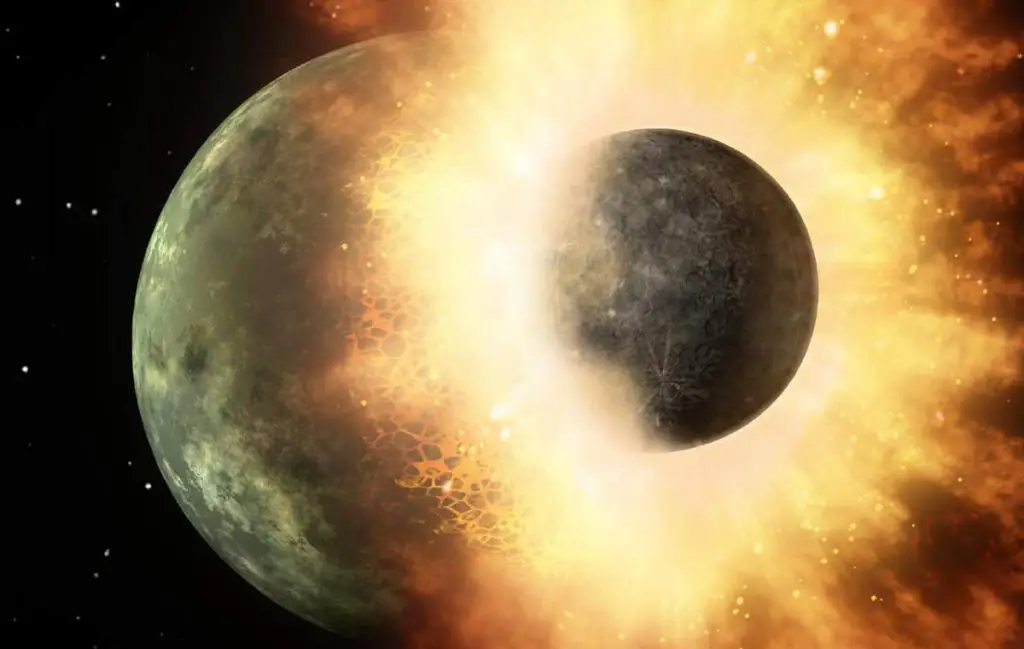
The Giant-impact hypothesis can explain so many things about Moon:
- The similar orientations in Earth’s spin and the Moon’s orbit
- Lunar rock samples carried by Apollo astronauts indicate that the Moon’s surface was once molten.
- The Moon has a relatively small iron core.
- The Moon has a lower density than Earth.
- There is evidence in other star systems of similar collisions, resulting in debris discs.
- Giant collisions are consistent with the leading theories of the formation of the Solar System.
- The stable-isotope ratios of lunar and terrestrial rock are identical, implying a common origin (this presents a huge problem too – see below).
But, as explained above, this theory leaves some critical questions unanswered.
The biggest flaw in the giant impact hypothesis is: it predicts that the moon is mostly made from Theia, the impactor. So, we should see that the Earth and Moon formed from different materials. But, this is not the case. The Earth and the moon are actually like identical twins – they both have identical isotopes.
There are other problems with the hypothesis: for example, the giant-impact hypothesis implies that a surface magma ocean would have formed following the impact. Yet there is no evidence that the Earth ever had such a magma ocean and it is likely there exists material that has never been processed in a magma ocean.
Georeactor hypothesis
Early in Earth’s history, radioactive elements like uranium would have been much more abundant in its interior and they could have been concentrated under the Earth’s surface due to centrifugal force. The georeactor hypothesis suggests that these elements reached a critical mass which resulted in a huge (very huge) underground nuclear explosion. And the moon formed from the material ejected.
In a 2010 study, scientists R.J. de Meijer, V.F. Anisichkin, and W. van Westrenen show that it is feasible to form the Moon through the ejection of terrestrial silicate material triggered by a nuclear explosion at Earths core-mantle boundary (CMB).
The “georeactor” hypothesis is a proposal by J. Marvin Herndon (born 1944), then American interdisciplinary scientist that a fissioning critical mass of uranium may exist at the Earth’s core and indeed that it serves as the energy source for the Earth’s magnetic field. You can read all about Herndon’s ideas on his website, nuclearplanet.com.
In 1992, Herndon suggested “georeactor” planetocentric nuclear fission reactors as energy sources for the gas giant outer planets. Jupiter, Saturn, and Neptune radiate about twice as much energy as they receive from the Sun – and scientists still didn’t figure out why. Herndon says georeactors are the energy source.
Herndon’s georeactor hypothesis is not widely accepted at all by the scientific community, outside of Herndon himself, and a very small number of defenders.
The georeactor hypothesis would easily explain why Earth and the Moon were made from identical materials. But most scientists doubt that uranium could have been concentrated enough to produce such a powerful eruption.
Synestia hypothesis
Synestia hypothesis can be seen as a “twist” in the giant impact hypothesis: it suggests a Mars-sized object smashed not into the Earth, but into the proto-Earth. This “giant impact” was so hard that the proto-Earth and the impactor completely pulverized into a donut-shaped liquid rock.
The impact vaporized about 10 percent of the rock and liquefied the rest, and created a rapidly spinning donut-shaped mass of vaporized rock called “synestia”. The synestia eventually shrunk and cooled. Computer models demonstrated that the Earth subsequently emerged about 1,000 years after the moon.
Synestia hypothesis can explain why the Earth and Moon are made from identical materials.
Life on the moon?
The video above is not only about how the moon was formed – but also mentions a new hypothesis that suggests there was a habitability window on the Moon 4 billion years ago. It may have liquid water on its surface and an atmosphere. Yes, the Moon may have conditions to support simple life on its surface during the early years – not once but twice!
But, over time, any surface water dried up and the atmosphere was lost to space. Now, our satellite is a lifeless, barren desert.
But, the Moon left its mark on life on Earth – without a huge moon, there may be no life on our planet at all.
For example, the existence of the Moon stabilized the tilt in Earth’s axis, protecting life from extreme swings in climate – so we have mild seasons.
Sources
- Giant-impact hypothesis on Wikipedia
- How Was the Moon Formed? on Space.com
- The “Georeactor” Hypothesis on enochthered.wordpress.com
- “Moon May Have Formed in Natural Nuclear Explosion” on the MIT Technology Review website
- “Forming the Moon from terrestrial silicate-rich material” – R.J. de Meijer, V.F. Anisichkin, W. van Westrenen on arxiv.org
- Budget of NASA, Year by Year [1980-1989] - June 10, 2024
- Budget of NASA, Year by Year [1970-1979] - June 10, 2024
- Budget of NASA, Year by Year [1958-2024] - June 10, 2024
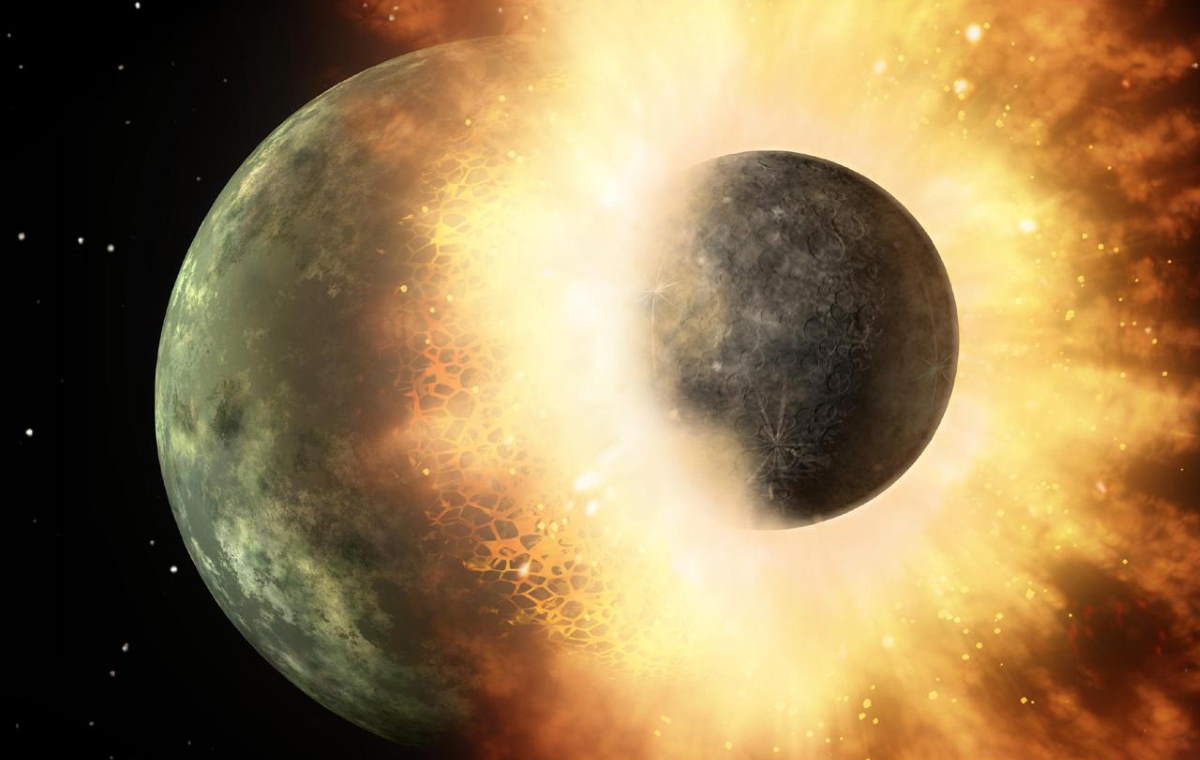
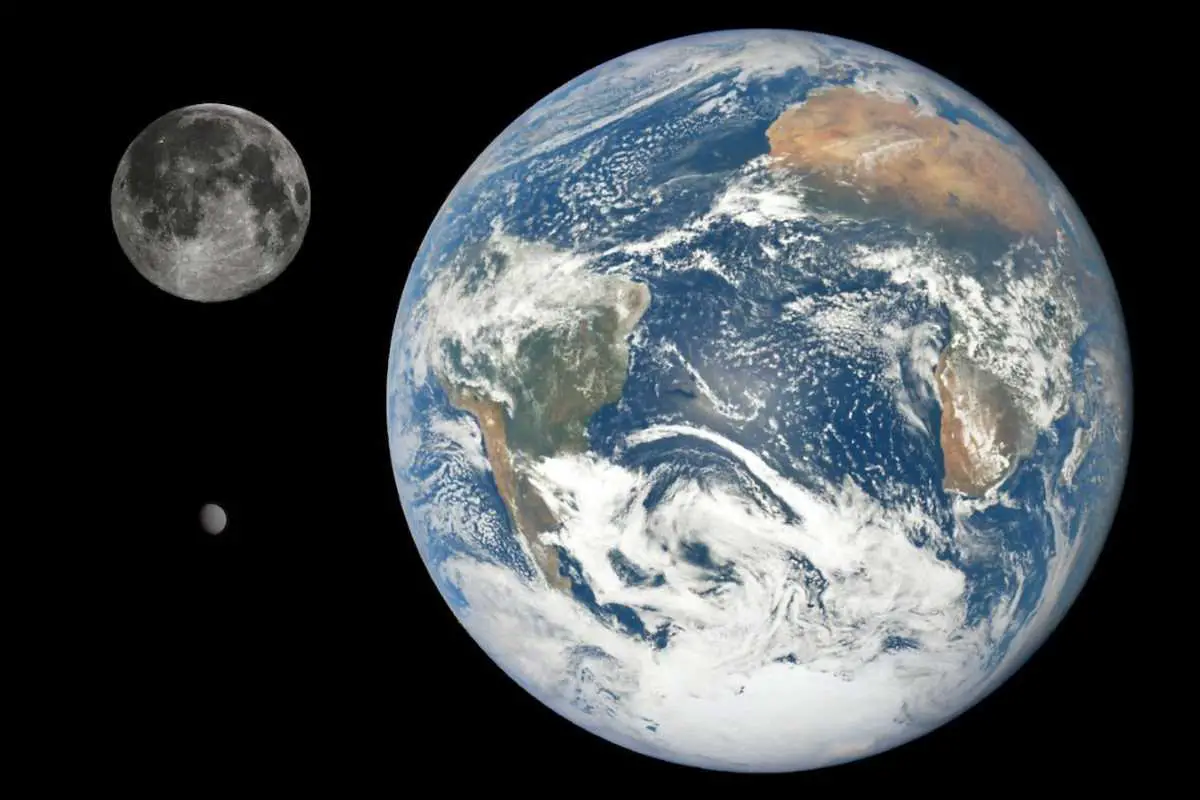
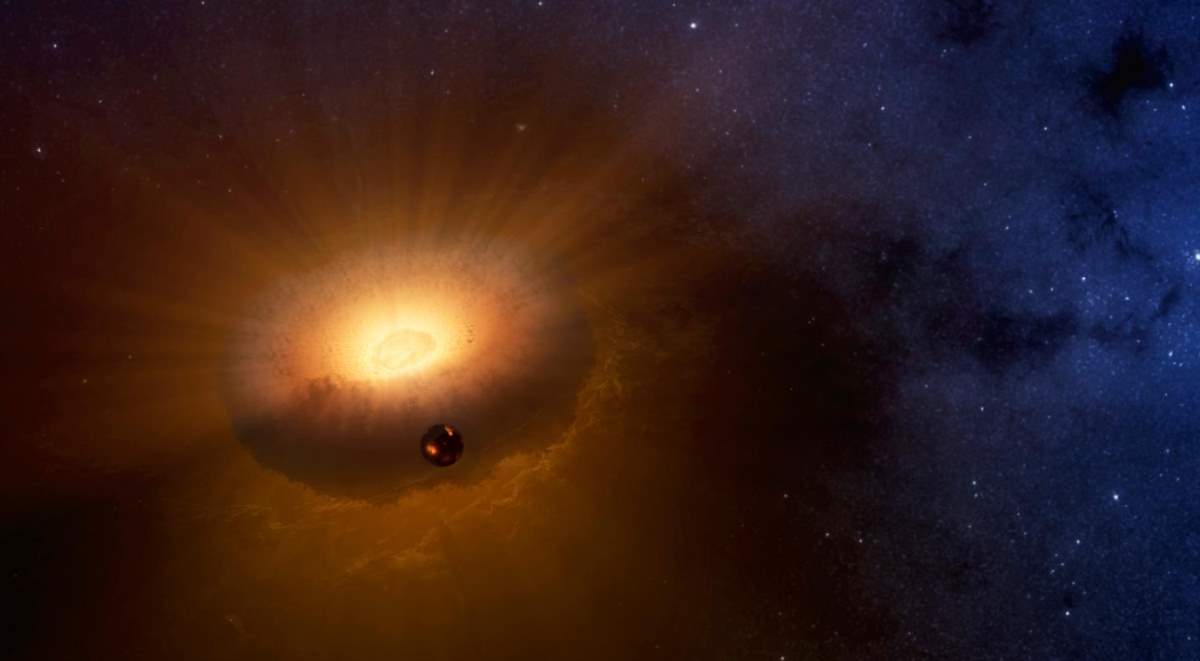
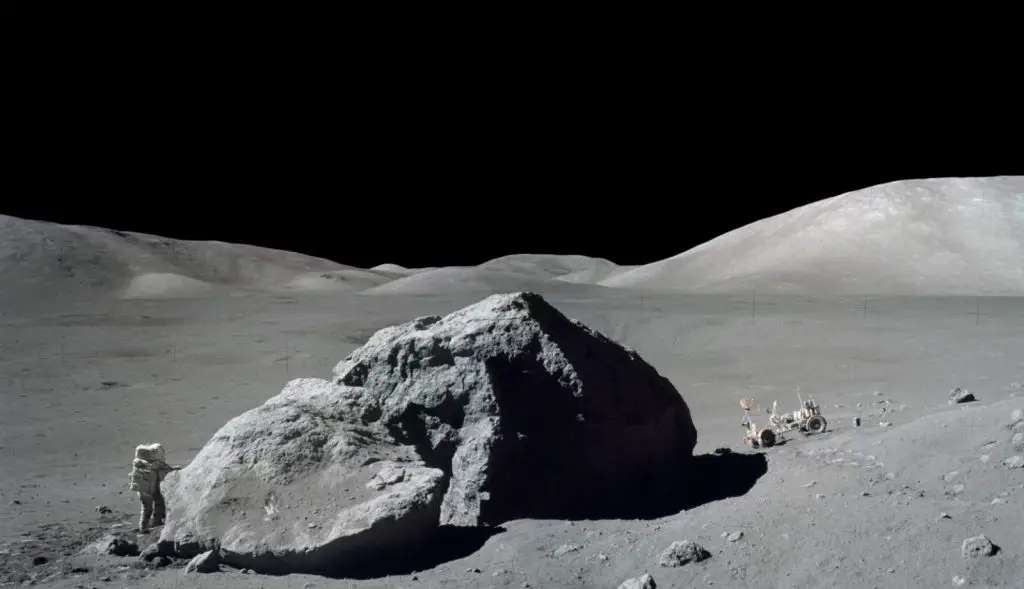
Interesting article and I liked the how the moon was formed video. But what about another theory. Who Built The Moon – by Alan Butler, Cristopher Knight it was written some 40 years ago. Yes at first sight it could be dismissed as simple UFO rubbish, but we know several things now that we did not know then. Radiation from our sun in long-term dosage would effect humans, thus the time taken to travel to Mars may have severe problems for humans travelling for months in an unshielded environment, plus we would have to burrow deep within Mars to create an environment to protect the first settlers. We know that Mars unlike the Earth does not have both a dense atmosphere to protect us, nor the Earths magnetic field.
Travel, even at the speed of light to the next solar system would take years [or even lifetimes] so why not a generational ship, could we capture an asteroid and retrofit it with a propulsion system and life support for such a project?
Or as someone beat us to it and terraformed our Earth for their own purpose and us Earthlings are but a beneficiaries?
Have a read of the book, but keep an open mind.